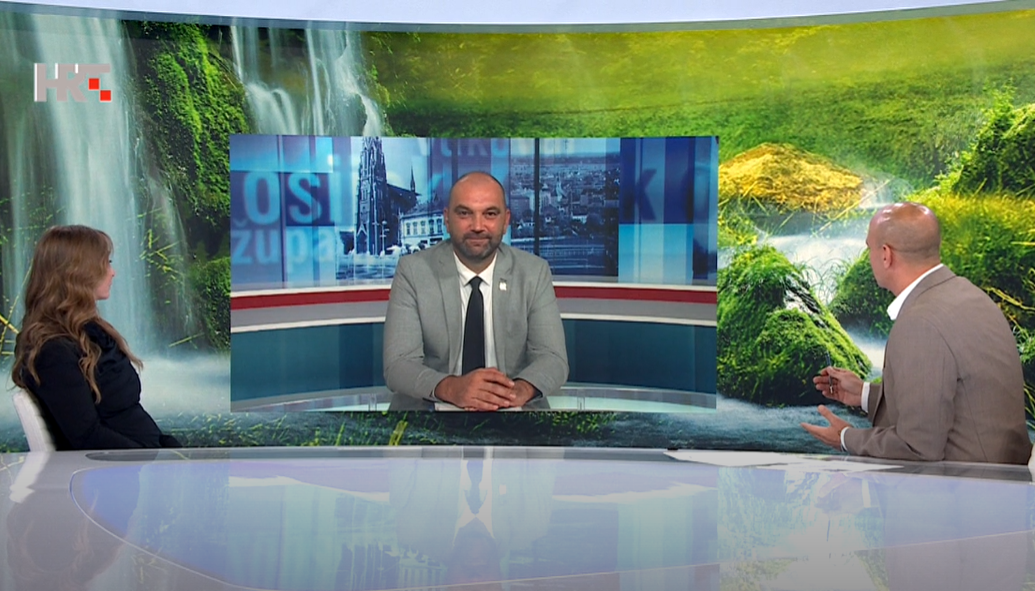“Green line” for water monitoring


To mark World Water Monitoring Day, which was initiated by the American Water Charitable Foundation in 2003, the director of the Josip Juraj Strossmayer Water Institute, Mario Šiljeg, was a guest on the HTV programme “Green line”
During this appearance, he emphasised that the aim of the World Water Monitoring Day is to provide important information on the state of water, both qualitatively and quantitatively, in order to create the conditions for important decisions in water management. He also emphasised the importance of raising public awareness of the negative consequences that water pollution can have on people and the entire ecosystem.
Monitoring is a process of repeated observation of one or more indicators of water quality and quantity according to a set programme. It enables the identification of potential pollutants, provides information on the status of water resources and ensures timely action to maintain water quality. In addition, monitoring tracks changes resulting from the implementation of measures to achieve good water status.
Monitoring of the status of surface waters, including coastal waters, and groundwater is carried out through systematic monitoring of water status, which is carried out by our Josip Juraj Strossmayer Water Institute in accordance with the Water Act.
In this sense, it is an important link in the system that develops the monitoring plan and prepares the annual report on the status of water bodies, which contains interpretations of the monitoring results.
The exhibition presented current data on the status of surface and groundwater, with a particular focus on karst waters, their importance and their sensitivity to human activities.
In addition to coordinated cooperation between the individual sectors, the importance of presentation and systematic public education was also emphasised. An example of good practise in this regard is raising public awareness of the need to protect groundwater through the “Groundwater, Guardian of Life” project, which emphasises the need to protect groundwater as a vital resource for humans and the ecosystem.
You can watch the programme via the link.